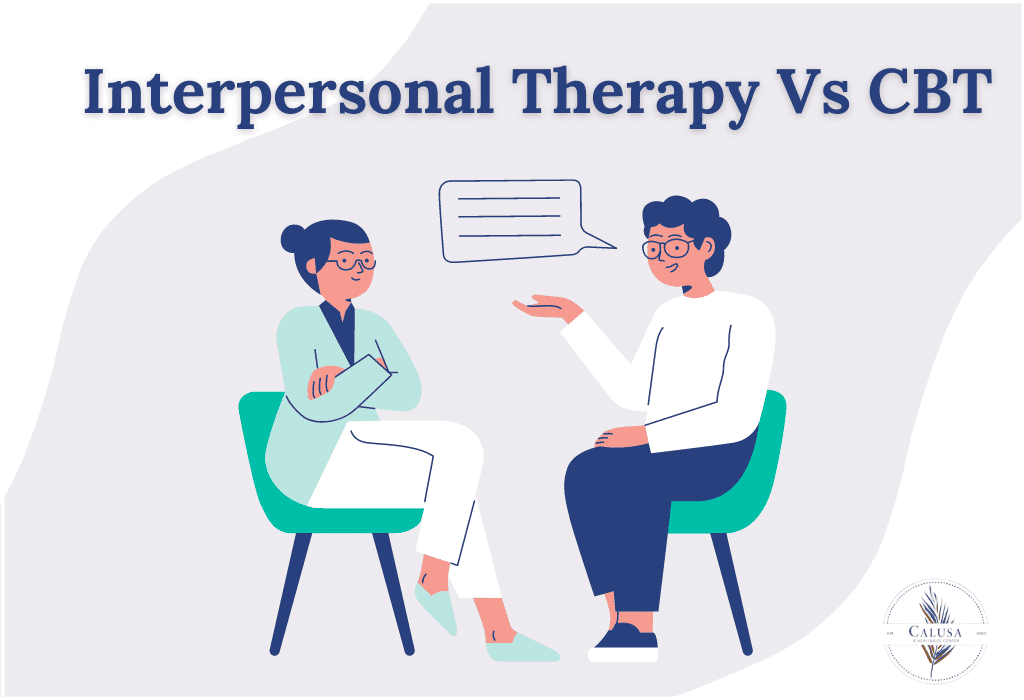Humanistic therapy is grounded in the belief that individuals possess the inherent capacity for growth and self-actualization. It emphasizes the importance of empathy, unconditional positive regard, and genuineness in the therapeutic relationship. By fostering a supportive and non-judgmental environment, therapists help clients explore their thoughts, feelings, and experiences, leading to greater self-awareness and personal growth.
Key Concepts
- Self-Actualization: This refers to the innate human drive to reach one’s full potential. Humanistic therapy aims to facilitate this process by helping individuals overcome obstacles and realize their true selves.
- Positive Regard: Therapists offer unconditional positive regard, meaning they accept and value clients without judgment, regardless of their thoughts, feelings, or behaviors.
- Empathy: Therapists strive to understand clients’ experiences from their perspective, demonstrating empathy and compassion.
- Genuineness: Therapists are authentic and genuine in their interactions with clients, fostering a sense of trust and connection.
The Therapeutic Process
Humanistic therapy is a collaborative process between the therapist and the client. The focus is on the client’s subjective experiences and their unique journey towards self-discovery. Here’s a general overview of the therapeutic process:
- Building Rapport: The therapist creates a safe and supportive environment where clients can feel comfortable sharing their thoughts and feelings.
- Active Listening: Therapists actively listen to clients, paying attention to both verbal and nonverbal cues. They reflect back the clients’ feelings and experiences to demonstrate understanding.
- Unconditional Positive Regard: Therapists offer unconditional acceptance and support, creating a non-judgmental space for clients to explore themselves.
- Empathy: Therapists strive to understand clients’ perspectives and experiences, fostering a sense of connection and validation.
- Genuineness: Therapists are authentic and genuine in their interactions, building trust and rapport with clients.
- Self-Exploration: Clients are encouraged to explore their thoughts, feelings, and experiences without fear of judgment or criticism.
- Self-Acceptance: Clients are supported in accepting themselves, including their strengths and weaknesses.
- Personal Growth: Through the therapeutic process, clients develop a greater sense of self-awareness and personal growth.
Benefits of Humanistic Therapy
- Empowerment: Humanistic therapy empowers clients to take responsibility for their own growth and well-being.
- Self-Awareness: By exploring their thoughts and feelings, clients gain a deeper understanding of themselves.
- Improved Relationships: Clients can develop healthier and more fulfilling relationships with others.
- Increased Self-Acceptance: Humanistic therapy promotes self-acceptance and self-compassion.
- Enhanced Well-being: By addressing underlying emotional issues, clients can experience improved overall well-being.
Limitations and Considerations
- Less Structure: Humanistic therapy is less structured than some other therapeutic approaches, which may not be suitable for all clients.
- Time Commitment: The therapeutic process may require significant time and commitment from the client.
- Not Suitable for All Issues: Humanistic therapy may not be the most effective approach for severe mental health conditions or complex trauma.
Conclusion
Humanistic therapy is a compassionate and client-centered approach that emphasizes the inherent capacity for growth and self-actualization. By fostering a supportive and non-judgmental environment, therapists help clients explore their thoughts, feelings, and experiences, leading to greater self-awareness and personal growth. While it may not be suitable for everyone, humanistic therapy can be a valuable tool for individuals seeking to understand themselves on a deeper level and live more fulfilling lives.




